LA has been having an unusual amount of rainfall this winter, which is awesome for the area but sucks when you’re trying to sheet a camper with plywood. I started to sheet two weeks ago and had to pull everything back off because it rained for 7 days out of 10. At the time I was driving back and forth to work with the frame on the truck but with the instillation of the jacks I was finally able to drop the camper in my dad’s driveway. So with rain in the forecast again for next week I sheeted the camper this weekend and I’ll through a tarp over it till I can skin it.
For sheeting I used a few different materials, on the roof and nose I used 3/8 ply so I could walk on top if I needed and the nose could handle an impact a little better. The sides and back I used RevolutionPly 5mm poplar plywood from Lowes to save weight and the underbelly I used 1/2″ pressure treated plywood.
Sheeting was pretty basic, I did the roof and nose first.
The transition from the nose to the roof was a little tricky. I only put a center beam and two side beams but I needed the panel to follow the arch of both the roof and the nose which were both rolled to a different radius. I first clamped a slightly bigger sheet in place then traced and cut it.
Then to keep the radius I cut an insert with the same radius on top and screwed it to the underside of the sheet sticking out 1/4″ this gave a lip to ride on. On the bottom side I screwed tabs every couple of inches to the bottom sheet. This worked well and the structural support comes from the arch and the beams so it’s plenty strong.
Using I beam on the frame had its advantages and disadvantages. Major advantage was the price, the boss cut me a good deal on it, but also the ability to insulate better. Biggest disadvantage was in welding the frame because miters are funky but also in places you are screwing your paneling to the web instead of the flange. In places where I had to do this I cut strips of blue insulating foam and tucked it in for insulting value but also to keep the sheeting from puckering when tightening the screws.
From here I cut the window holes out and sheeted the sides.
The roof and sides to this point were done 2 weeks ago than pulled back off because of rain. In the weeks between I added a few more gussets and the mounts for the jacks and ties downs. Getting back to it this weekend I remounted the sheets I had done then started on the underbelly.
Pressure treated wood has its advantages and its disadvantages. I chose it for the underbelly so it wouldn’t need a protective skin like the rest of the camper however the chemicals that are used to keep the wood from rotting will cause galvanic corrosion if it comes in contact with most metals including aluminum. Galvanized or zinc plated screws are also effected by the treatment. The I beam that the frame is built out of is anodized which will protect the frame from the wood however I had to grind away the anodizing to weld so all of the joints are unprotected.
Addressing these issues wasn’t difficult, I painted on a couple of thick coats of oil based primer and used powder coated screws instead of plated.
When you buy treated wood from Lowes it is still wet so I only primed the inside of the wood so it could dry out. It takes a couple of weeks and the wood will shrink a little but it shouldn’t effect the camper over all.
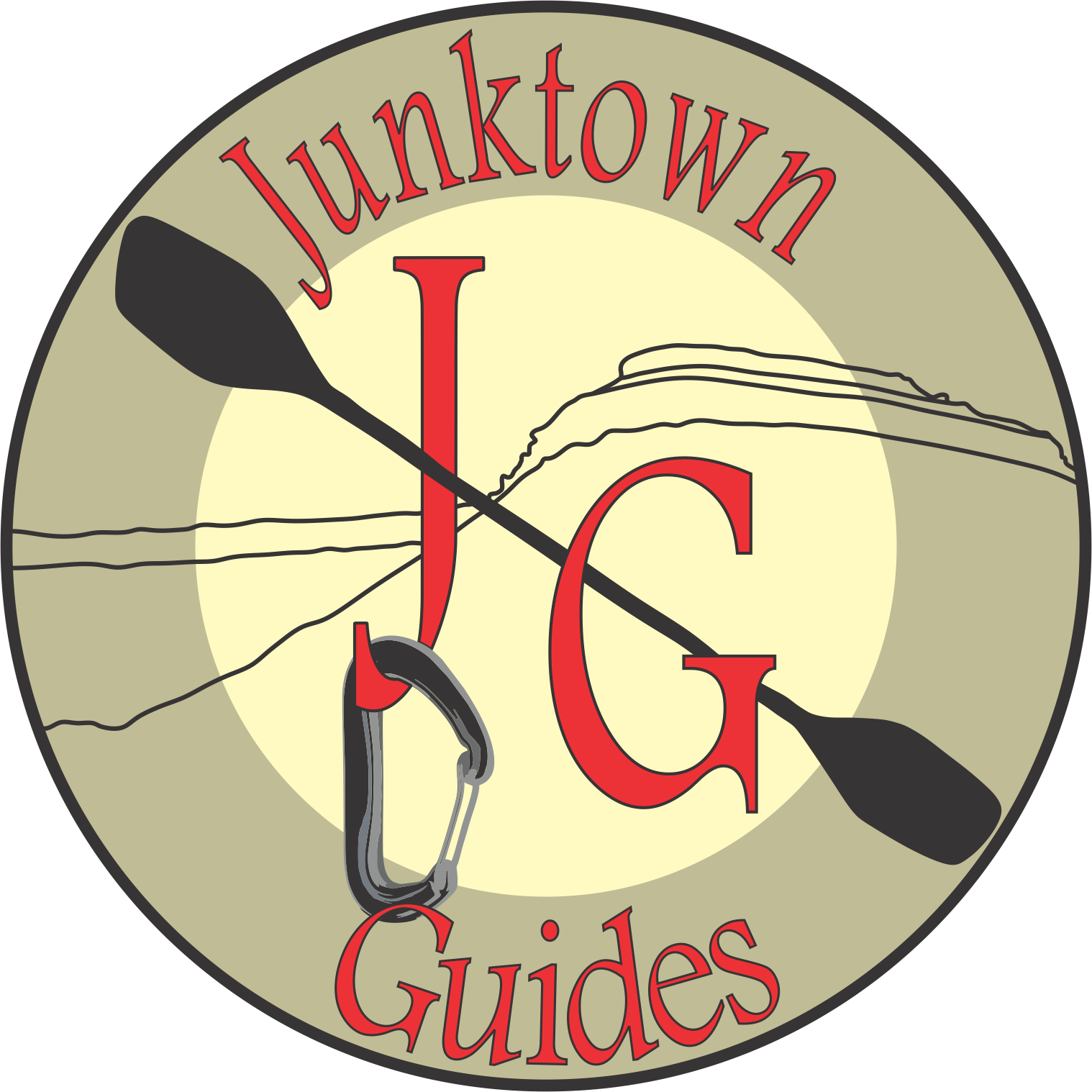
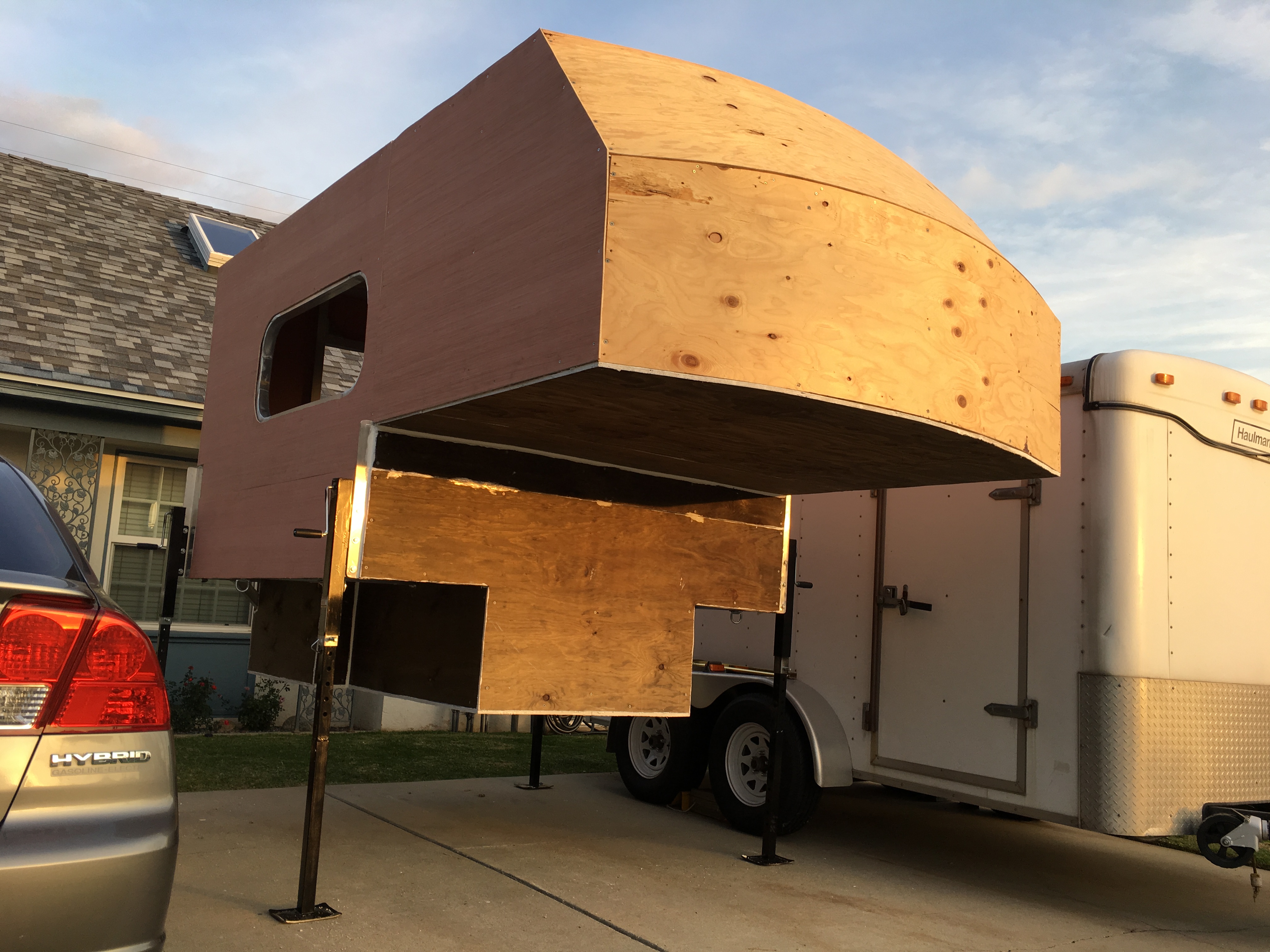




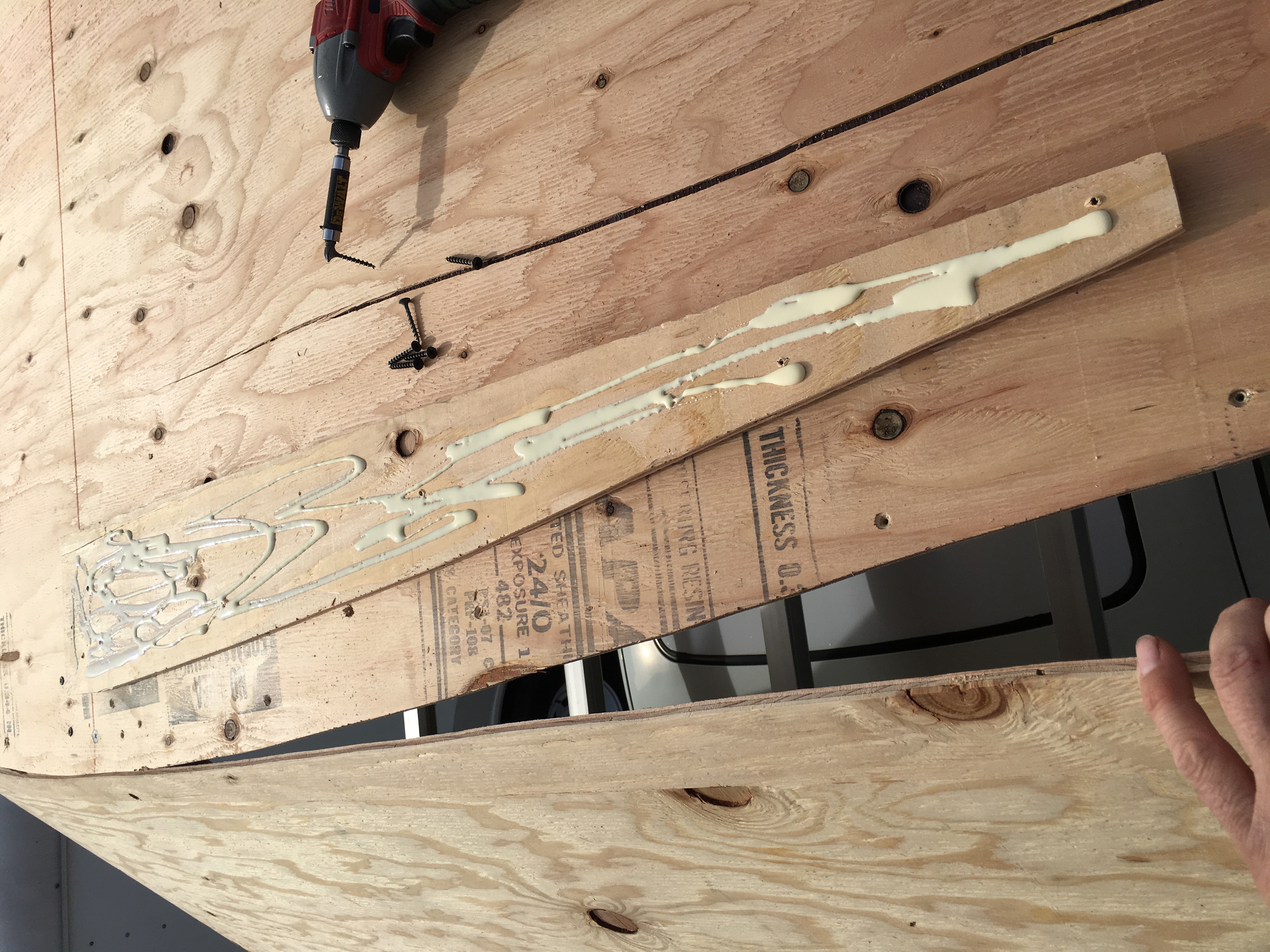



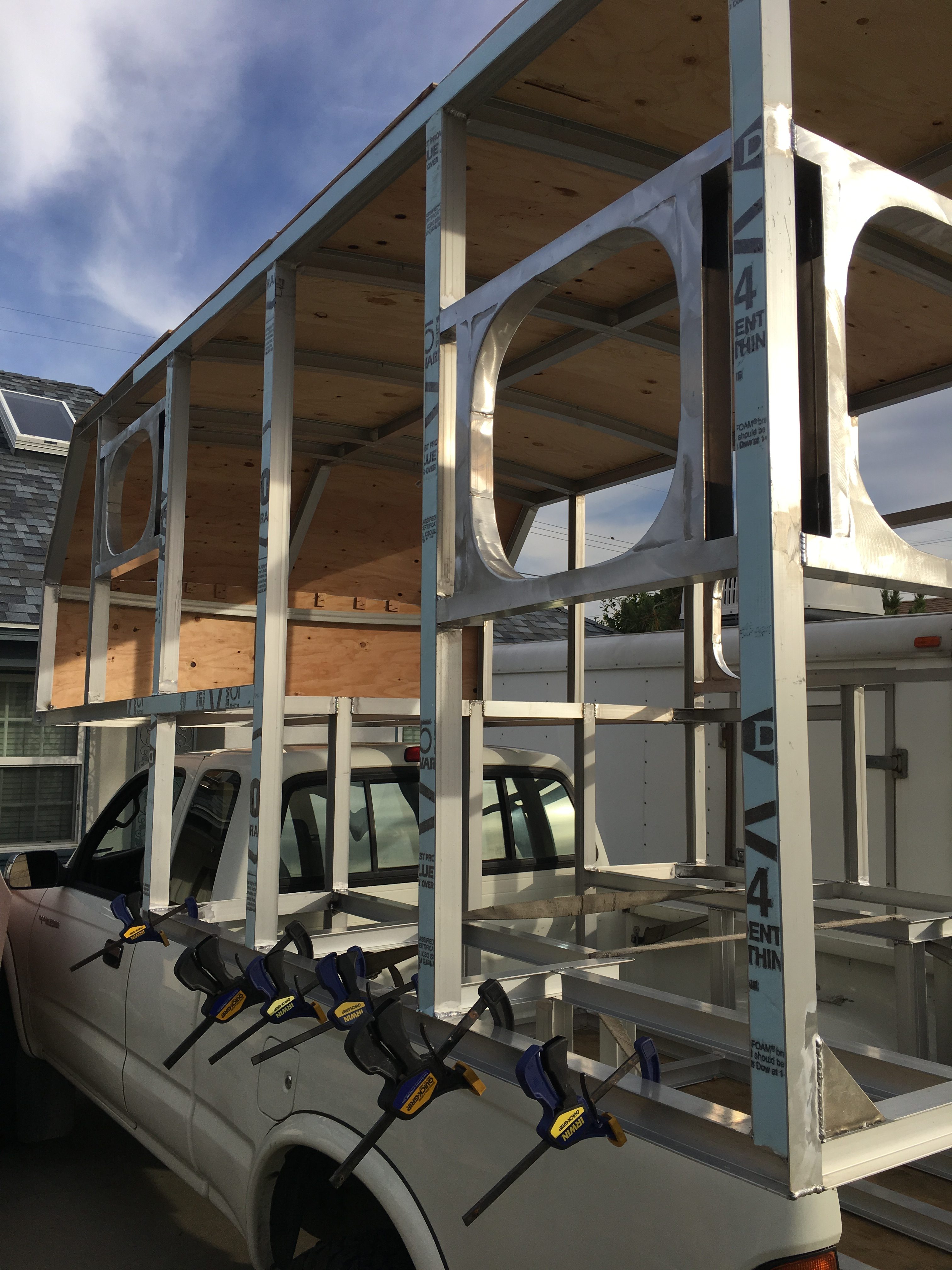
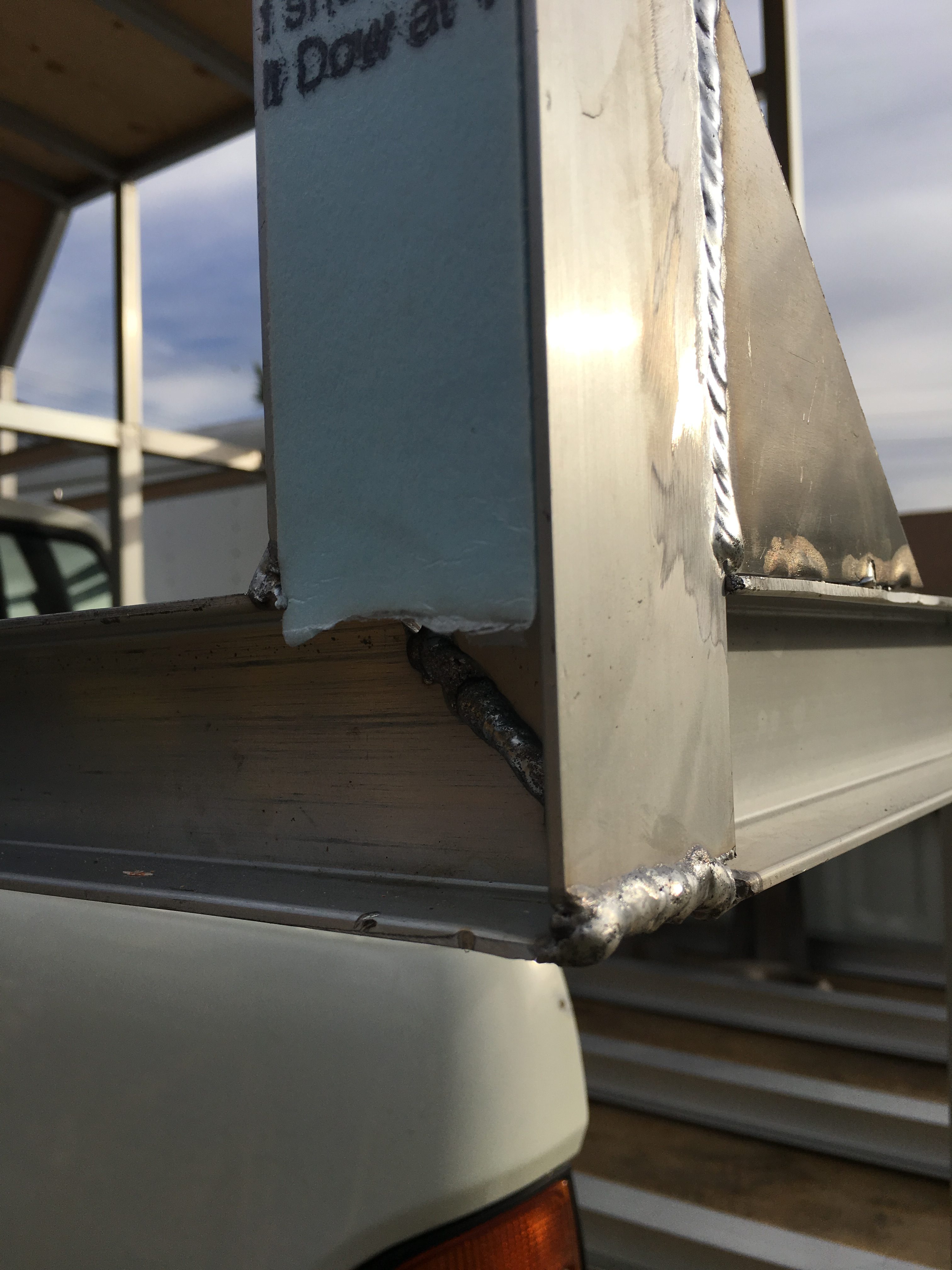




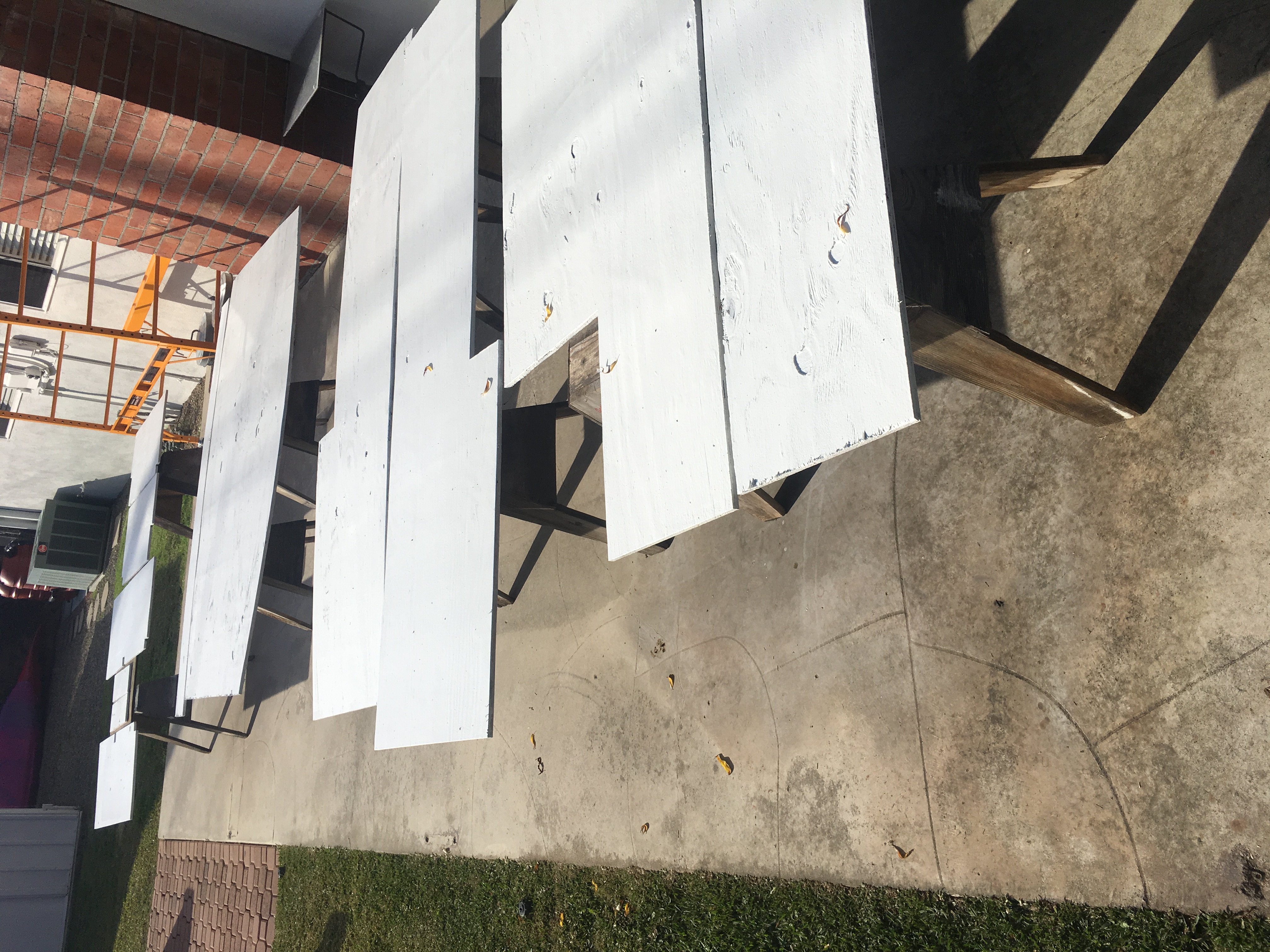

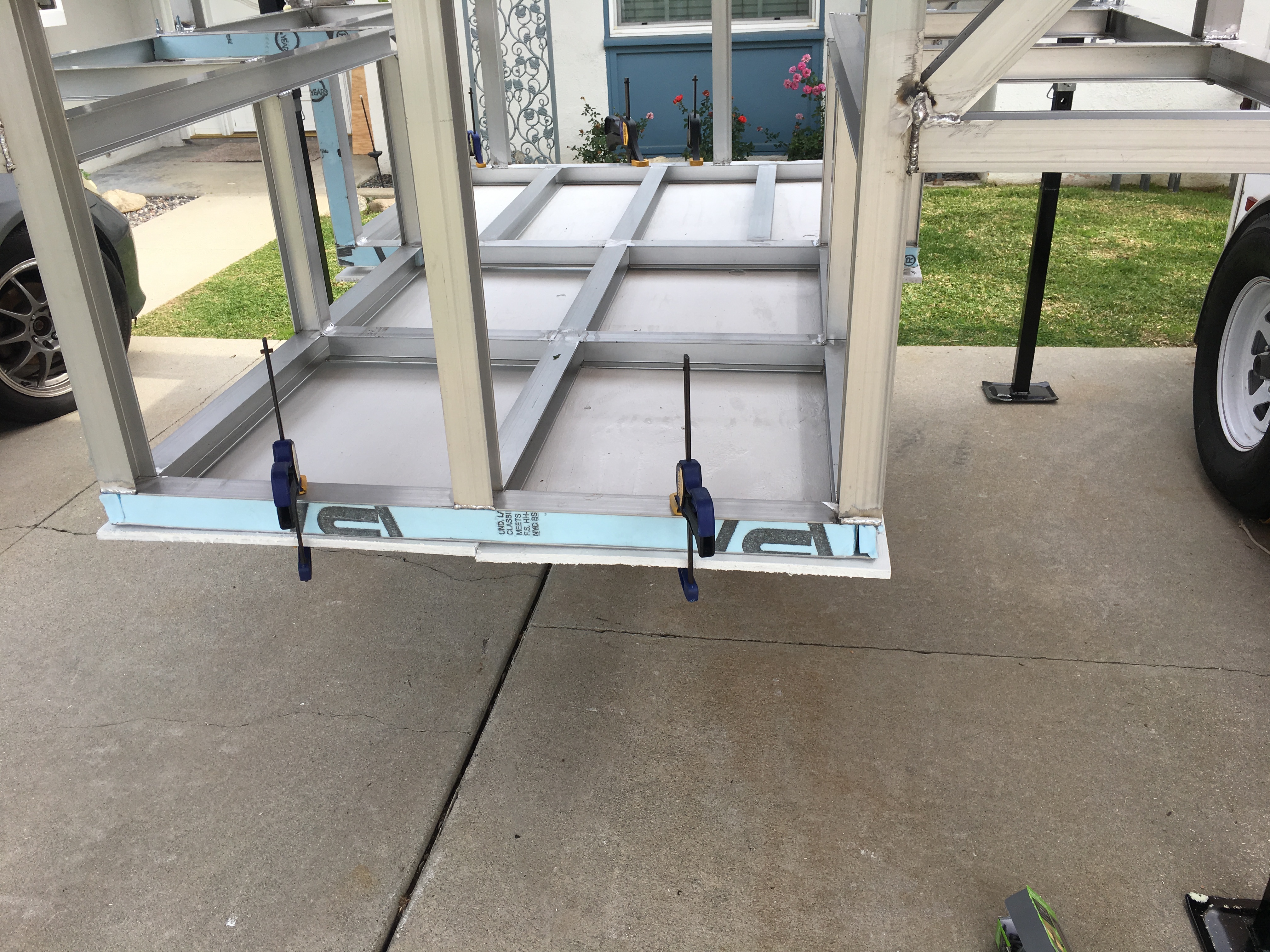
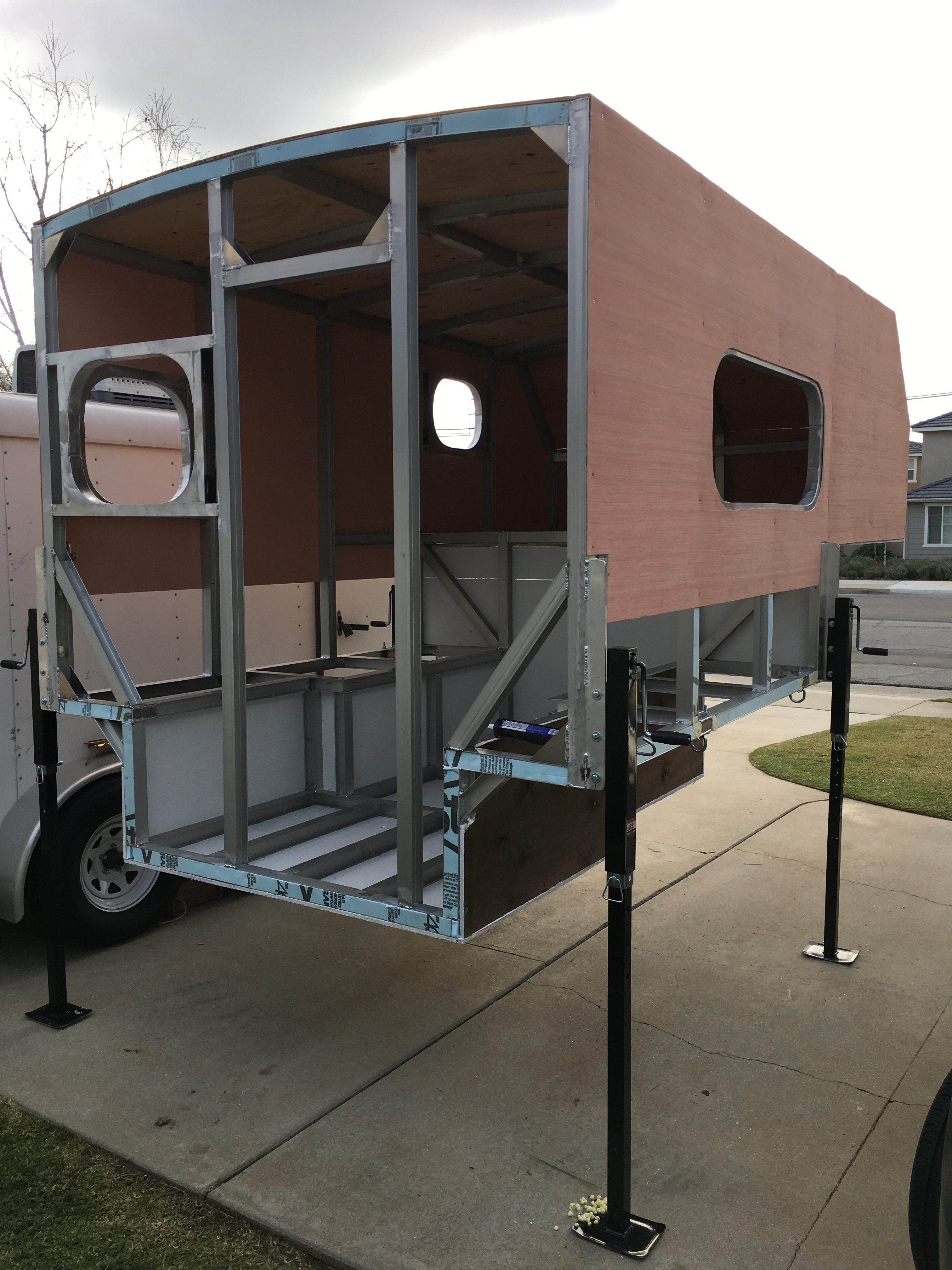
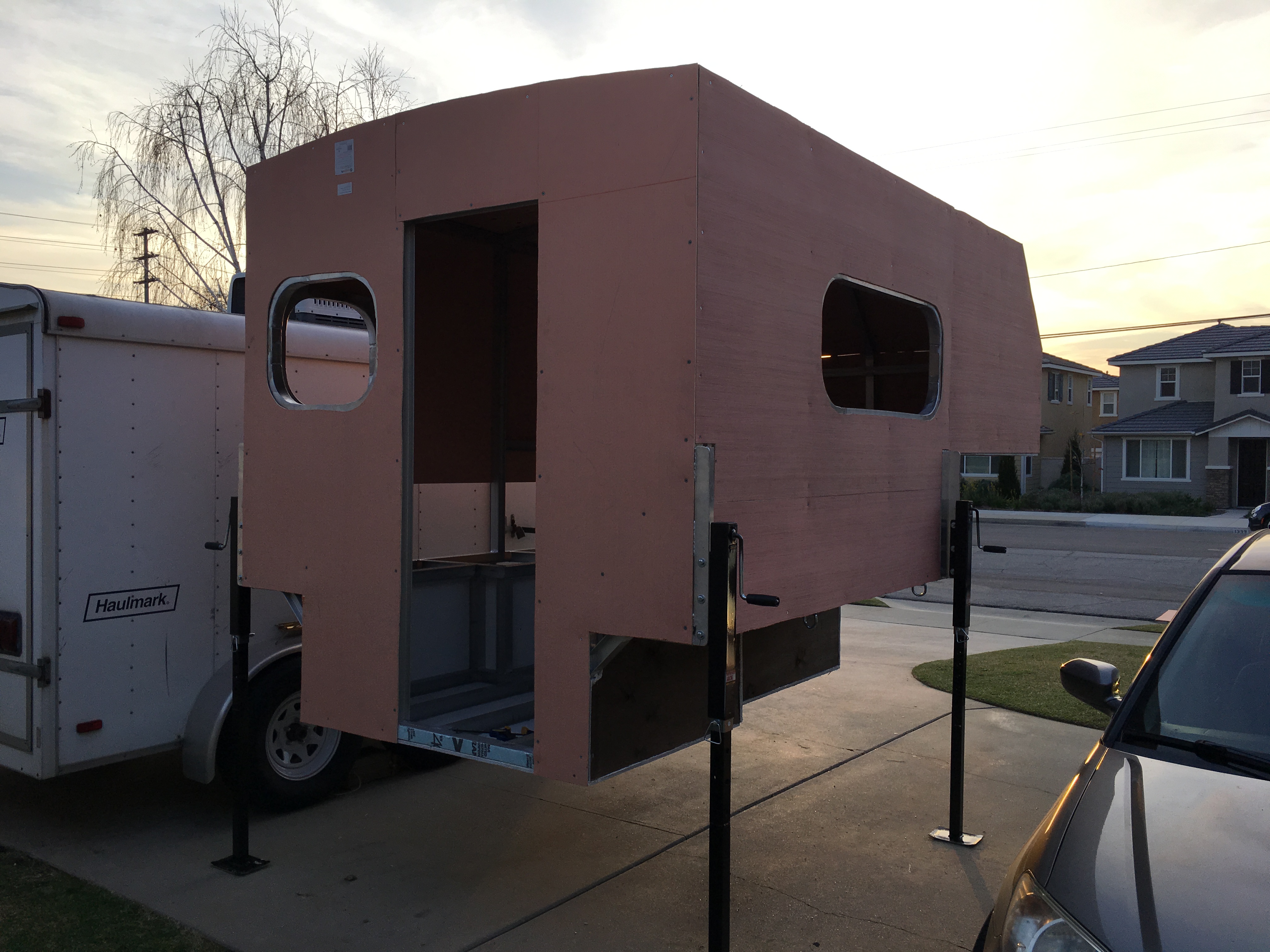
0 Comments